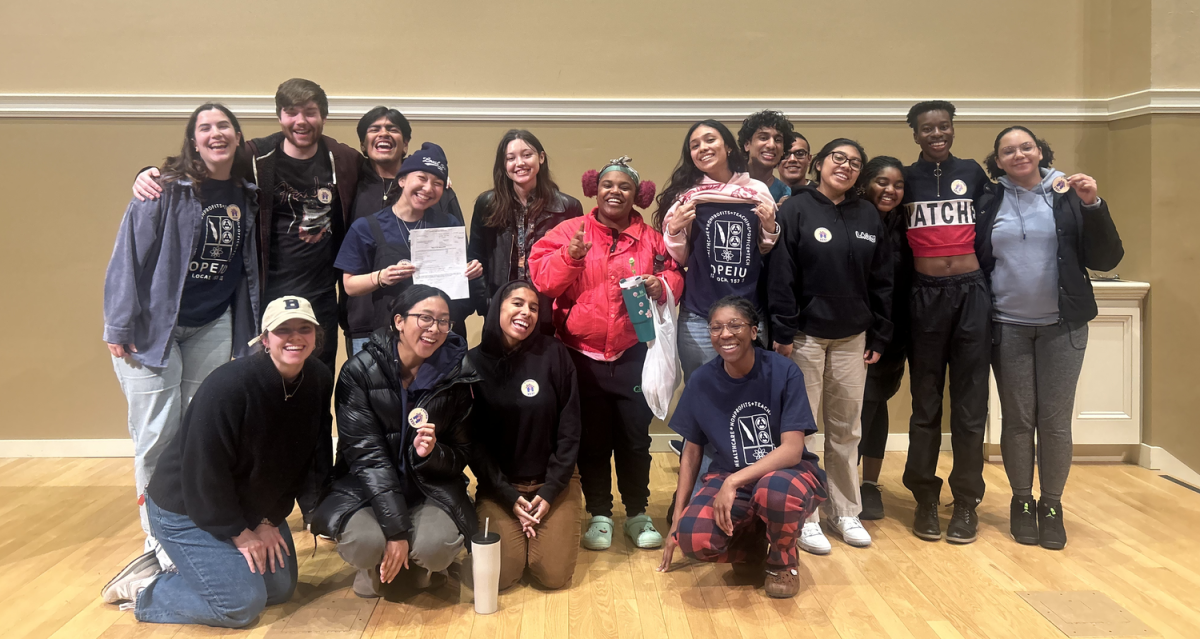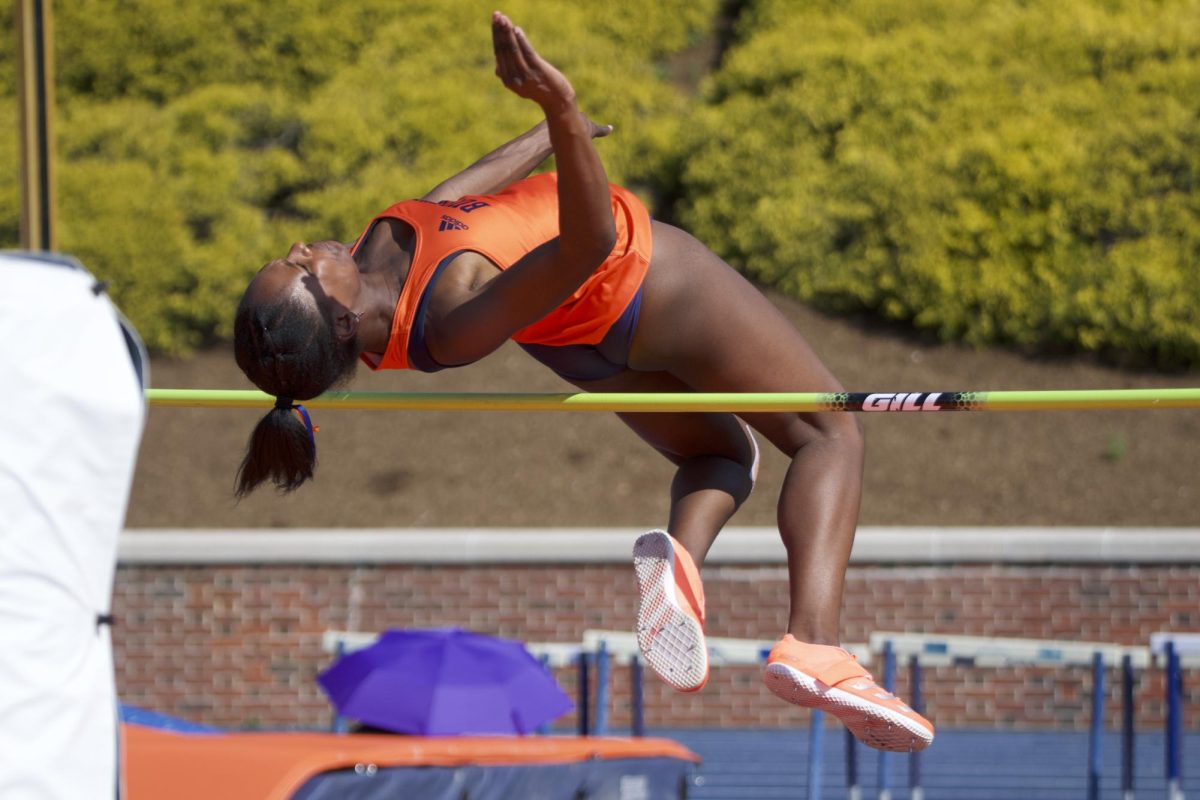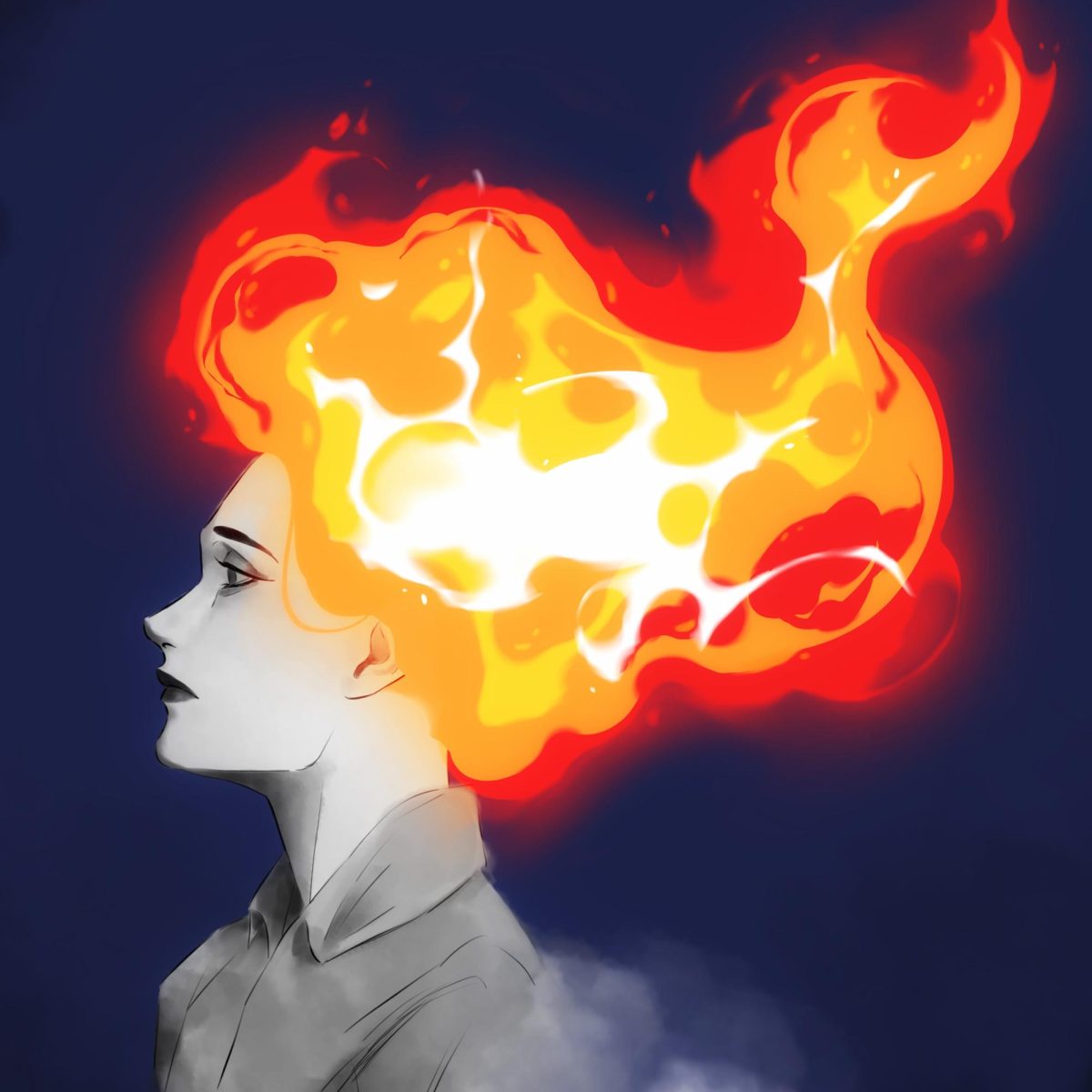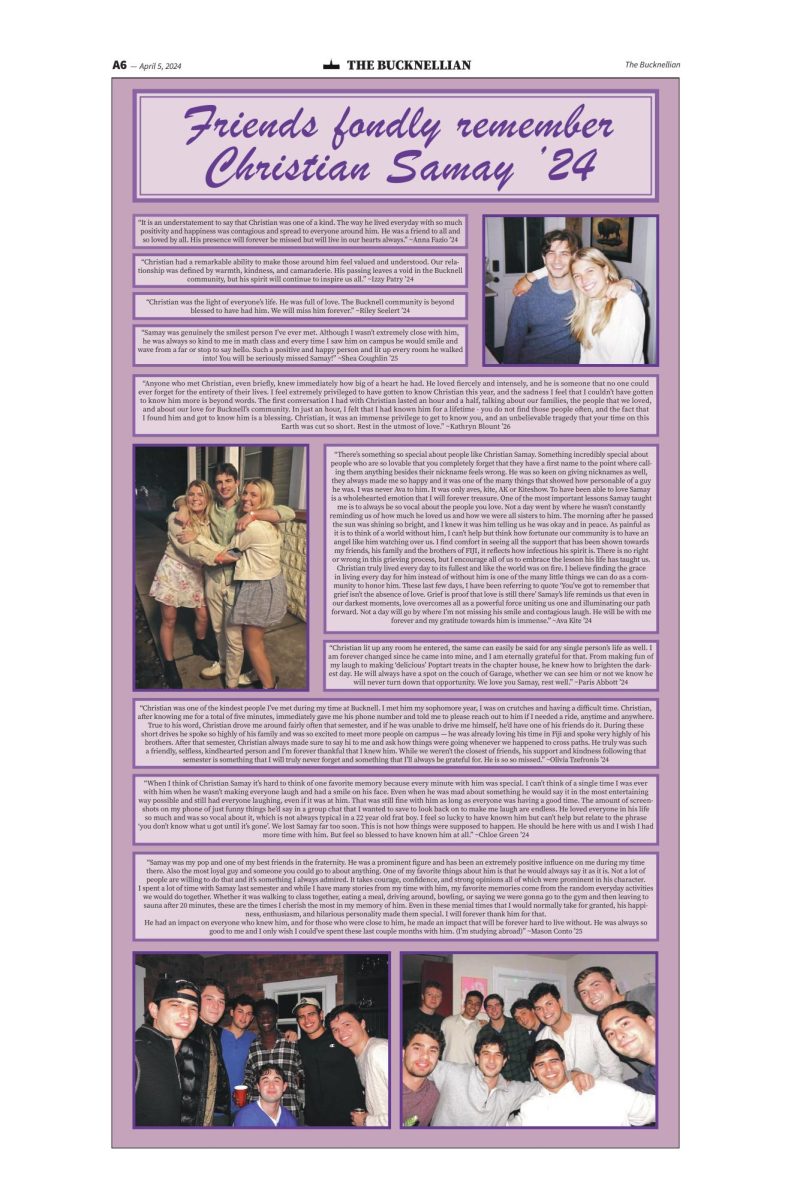Artist Nona Faustine on her white shoes and the Black Body (Re)Considered Series
February 16, 2017
The Griot Institute for Africana Studies invited Brooklyn-raised photographer and visual artist Nona Faustine to campus on Feb. 8 to discuss her involvement with the Black Body (Re)Considered spring lecture series. The series explores questions concerning race, gender, and sexuality as they relate to the experience throughout history by the black body.
Much of Faustine’s work features photographs of herself completely nude, wearing only a pair of white shoes in public areas of New York City, titled “White Shoes.” Faustine’s other work includes a series of images of herself with her daughter, as well as photos of famous landmarks with a black bar obscuring part of the image.
“It was about defiance … it was about my protest as a woman and as an artist, [to talk] to the art world where [no one] would never see anyone like that on the walls with my caliber, body type, color,” Faustine said, reflecting on the inspiration for the “White Shoes” series.
Faustine began this style of photography in 2008 when she gave birth to her daughter.
“I became a mother in 2008. I [felt] like I was empowered and all the things I thought about my body and the way I looked … seemed to not matter anymore,” Faustine said.
This led to the “White Shoes” series, portraying the political and historical oppression of the African people, and particularly the female body, historically as well as today.
“It starts with slavery. It starts with the ideology that these people from Africa are not as smart and fierier as people from New York … That has carried on for four hundred years. It didn’t just end because of the civil war and left people free, then it didn’t end in civil rights movement,” Faustine said.
Faustine remarked that many people ask about her choice to include the white shoes in her photographs, but she prefers to ask her audience to try to decipher for themselves what the shoes mean.
“I like when people tell me what they think they mean,” Faustine said.
Faustine’s work is “very relevant and powerful,” Associate Professor of Art Tulu Bayar said.
Her work features locations in downtown New York City, including Wall Street, infamous for being the locale of slave auctions in the 18th century. Wanting to reflect and better understand this history, Faustine stood up on a crate and revealed her body to passersby.
“Even though when I go out there I think I’m going to die and I have the worst anxiety, I think about the sacrifice that people before me made and I was like ‘If you’re going to talk about this, you have to be willing to put yourself on the line,” Faustine said.
Kathryn Harmon ’17 found Faustine’s work “simply moving… I loved hearing the stories and meaning attached to each of [the] images,” Harmon said.
“It was about performance. It was about bodies. It was about the landscape. It was about the history of the city. It was about my place in all of that, and I just went to work,” Faustine said.
The third event of the Black Body (Re)Considered series, titled “The Black Body: Caribbean. Queer: Beyond Stereotypes,” will occur on Feb. 22 at 7 p.m. with Rosamund King.























